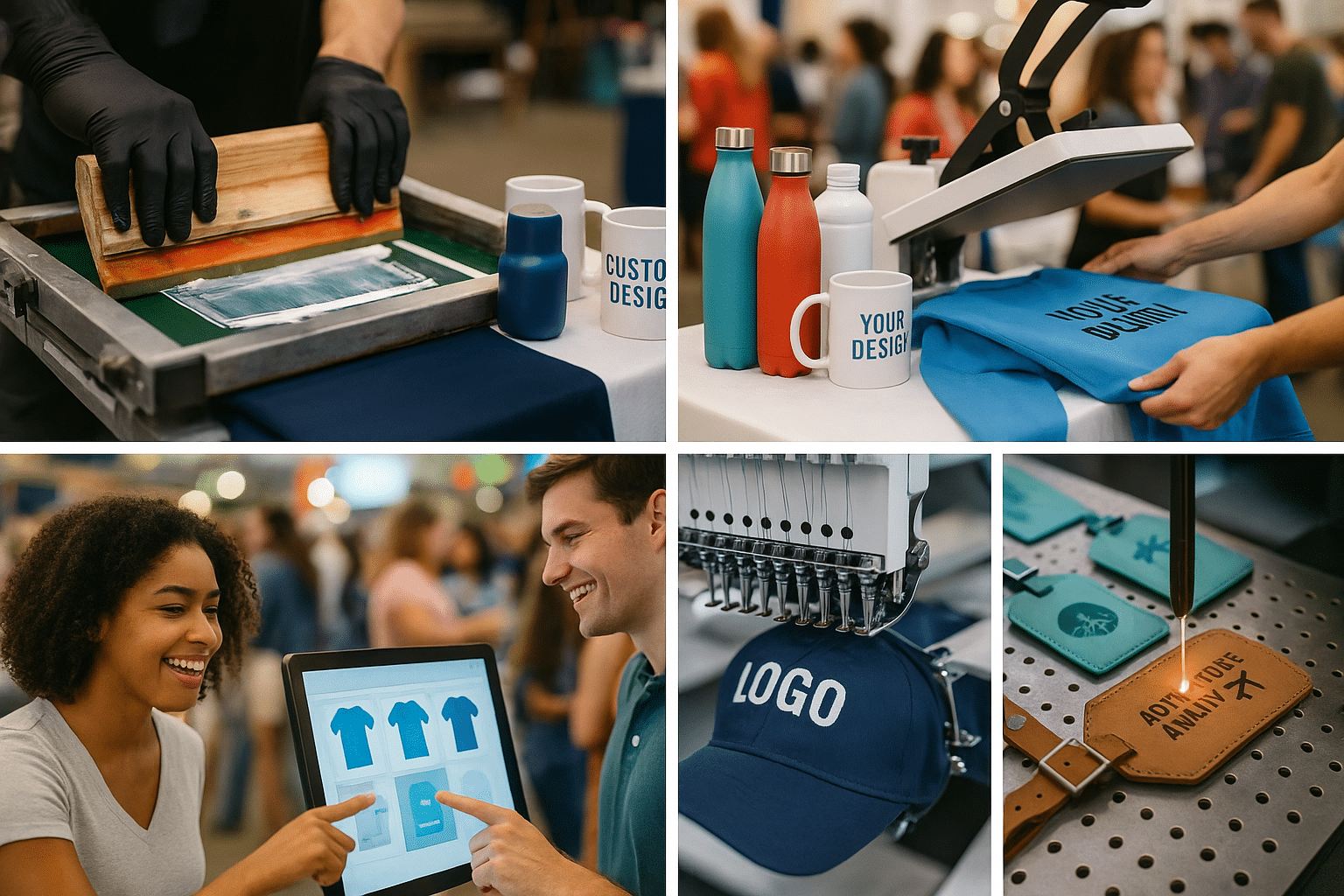Ultimate Guide to Event Planning Success: Tips, Trends, and Inspiring DIY Ideas
Ultimate Guide to Event Planning Success: Tips, Trends, and Inspiring DIY Ideas

Planning a successful event requires a combination of creativity, strategy, and effective branding. From exploring interactive trends to DIY inspirations and marketing tactics, this guide will equip you with everything you need to elevate your next event. Discover essential tips for event planning, the art of branding, and insider success stories that showcase the impact of well-executed events.
Event Planning Essentials
When embarking on the journey of event planning, there are essential elements that can make or break the overall experience. From budgeting and site selection to logistics coordination and promotional items, each aspect plays a critical role in shaping a successful event. Focusing on these fundamental aspects not only eases the planning process but also ensures that attendees leave with lasting impressions.
First and foremost, understanding your budget is pivotal. Whether you’re organizing a corporate gathering, a wedding, or a community festival, having a well-structured budget helps in making informed decisions about every aspect of the event. Allocate funds for venue rental, catering, entertainment, and marketing materials, but don’t forget to set aside a portion for unexpected costs. A guideline to follow is the 70/20/10 rule: spend 70% on essential items and services, reserve 20% for add-ons or improvements, and keep 10% for contingencies. By establishing a clear budget, you can prioritize features and experiences that resonate with your target audience.
Speaking of the target audience, it is crucial to identify who you want to attract to your event. Understanding their preferences, age group, lifestyle, and interests can significantly direct your planning process. For instance, if your event caters to young professionals, incorporating modern and engaging elements such as a photo booth can create memorable experiences. A photo booth not only encourages social interaction but also provides tangible memories that attendees can take home. When considering a photo booth, you may wonder about the **photo booth cost**. Budgeting for this popular attraction can vary, but many companies offer packages that can fit a range of budgets. Investing in a quality photo booth can greatly enhance guest satisfaction, resulting in more event attendees and even potential referrals for future events.
Next, selecting the right venue is one of the most important stages in the planning process. It sets the tone of the event and impacts guest experience. Factors to consider include capacity, accessibility, ambiance, and location. Is the venue equipped with necessary utilities like Wi-Fi and sound systems? Does it have the flexibility to accommodate various layouts for booths or breakout sessions? Moreover, consider the site’s branding alignment with your event message. For instance, if your event aims to promote sustainability, choosing a venue known for eco-friendly practices would reinforce that message.
Once your site is selected, logistical coordination becomes the next critical phase. This involves managing vendor relationships, creating event timelines, and ensuring that all components align seamlessly. One effective approach is to hire a reliable event coordinator or team, especially for larger gatherings. They can help with scheduling, handling last-minute changes, and maintaining communication with vendors. In addition, coordinating with vendors who offer engaging promotional items such as thermal bottles, mugs, and lanyards can elevate your event experience. These items not only serve practical functions but also serve as branding tools that will reinforce your message long after the event ends.
Integrating promotional items into your event not only adds value but also helps in reinforcing your branding and messaging. For example, customized thermal bottles can serve as a fun keepsake while promoting a healthy lifestyle. Distribution of these items can strategically occur at the event’s beginning to generate excitement or during sessions to engage attendees further. While selecting promotional items, think about durability and usability; quality matters. Items like hoodies, caps, and luggage tags can attractively display your brand logo while being genuinely practical for your participants. Guests are more likely to treasure items that are useful, creating a long-standing association with your brand.
Marketing your event effectively also ensures a successful turnout. Leverage social media platforms, email campaigns, and collaboration with local influencers to reach the intended audience. Engaging content should focus on the experience attendees can expect – convey excitement, voicing the unique attractions like a photo booth or live performances. A wise investment would be in branded materials, such as flyers or business cards that not only detail the event but reinforce your message through appealing designs and informative content. This proactive approach can help you build momentum leading towards the event date.
As the day approaches, develop checklists to keep track of every detail, including logistics, promotional item inventory, and vendor confirmations. On the event day itself, be flexible and ready to adapt to unexpected occurrences. Whether it involves technical difficulties with equipment or last-minute adjustments to guest arrangements, the ability to remain smooth under pressure leaves a lasting impression. Remember, the behind-the-scenes activities often shape the overall attendee experience, so focus on execution and improvisation where necessary.
Lastly, after the event, take time to gather feedback. Use surveys, social media engagement, and post-event discussions to understand what went well and what could be improved upon for future events. Success doesn’t just lie in attendance numbers but also in attendee satisfaction and engagement. Recording your experience and insights for future reference means your next event will benefit from your growing knowledge base.
In conclusion, mastering the fundamentals of event planning—from budgeting and venue selection to logistical coordination and the incorporation of meaningful promotional materials—creates a solid foundation for engaging and memorable experiences. Events not only resonate on a particular day but can leave long-lasting impressions, so each detail counts. The thoughtful integration of tools like photo booths alongside practical promotional items creates memorable touchpoints, ensuring that your event stands out in the minds of attendees for years to come.
Conclusions
In summary, mastering event planning involves understanding trends, engaging audiences through unique experiences, and leveraging branding effectively. With the right mix of creativity and strategy, your events can stand out and resonate with your audience. By incorporating DIY elements and innovative marketing strategies, you’ll pave the way for unforgettable experiences and community connections.




